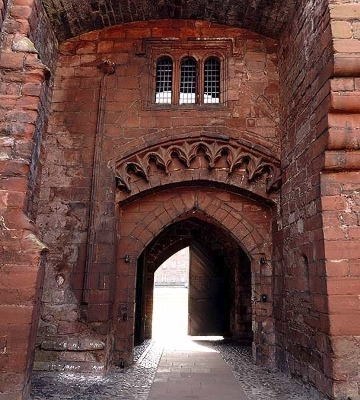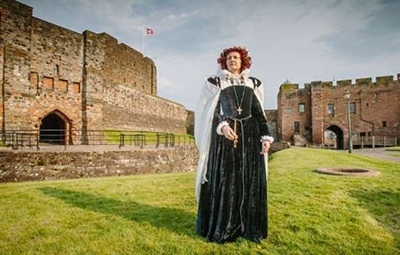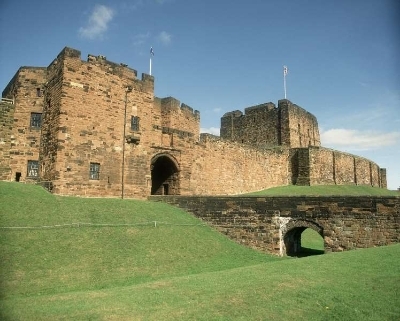
 Home
Home
- Submit to Directory
- Directory
- Events
- About Cumbria
- Cumbria Mountains
- Contact Us
- Register/Login
Cultural and Historical places in Cumbria
There are 0 listings Cultural and Historical Activities.
0 Reviews
Carlisle Castle
Full Description
Carlisle Castle is situated in the city of Carlisle in Cumbria, England. The oldest surviving building is the large 12th century keep located at the north east corner of the inner courtyard. The keep used to be the Royal Palace of David I. On the first floor of the keep is the 'licking stones'. Prisoners captured during the Jacobite uprising were kept without water and used to lick the stones to get enough moisture to survive. Other buildings in the courtyard include the inner Gatehouse (known as the Captain's Tower). There ruins of the royal apartments, the chapel, the Great Hall, and the ruins of Queen Mary's Tower in the north east corner where Mary Queen of Scots was imprisoned. The tower is one of the oldest buildings of the castle. The Museum of the King's Own Border Regiment is also in the courtyard. There castle has a gift shop that sells medieval souvenirs. The castle is now managed by English Heritage. History Carlisle Castle is situated near the border between England and Scotland, and has been the a centre of numerous battles and sieges. many wars and invasions. The castle was first built during the late 11th century during the reign of William II of England, the son of William the Conqueror. Carlisle Castle was built as a Norman style motte and bailey castle on the site of an old Roman fort with construction beginning in 1093. In 1122, Henry I of England ordered a stone castle to be constructed on the site, and a stone keep and defensive walls were built. Carlisle Castle changed hands between the Scots and English a number of times. King David of Scotland captured the castle in 1135 and completed the walls and stone keep. The English recaptured it a few years later. Mary, Queen of Scots was imprisoned within the castle for a few months in 1568. During the English Civil War, the castle was besieged by Parliamentary forces for eight months in 1644. During the Jacobite rebellion against George II in 1745, forces of Prince Charles Edward Stuart (Bonnie Prince Charlie) travelled south from Scotland into England as far south as Derby. The most important battles for the city of Carlisle and its castle were during the second Jacobite rising of Great Britain in 1745. Carlisle Castle was captured and fortified by the Jacobites. They were driven out by the forces of the William Augustus, Duke of Cumberland, the son of George II. The Jacobites were imprisoned in the castle and then executed. After the Union of the Crowns of England and Scotland, there was no further military need for Carlisle Castle and the castle fell into disrepair. Some parts of the castle were demolished in the 19th Century. The army subsequently used the castle as the regimental depot of the King's Own Royal Border Regiment until 1959. It is now county headquarters to the Duke of Lancasters Regiment and a museum to the regiment is within the castle walls.
Carlisle Castle
CastleWay
CA3 8UR.
CA3 8UR.
Driving Directions
You must login to leave a review
Rating Summary:
0 based on 0 votes
Categories
Cultural & Historical Activities
© 2024 Cumbria Tourist Information



